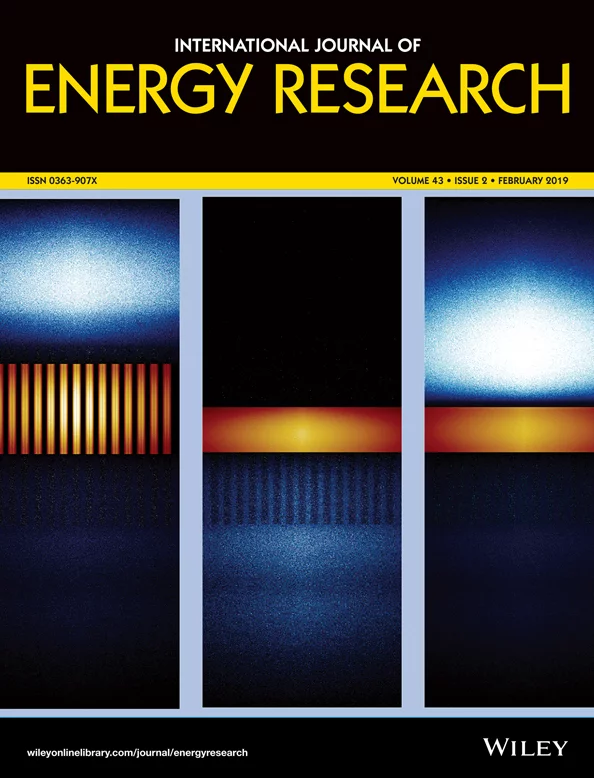
With worldwide energy consumption expected to continue growing even as the international community attempts to limit carbon emissions, nuclear power is likely to play an increasingly prominent role in coming decades as world powers attempt to ensure a reliable supply of energy to a growing population without endangering the environment.
At the same time, however, the memories of large scale accidents in Chernobyl (1986) and Fukushima, Japan (2011) continue to provide sobering illustrations of the need to maintain safety procedures at nuclear facilities. This issue will grow in importance in coming years as the current fleet of nuclear reactors ages and will eventually fail to meet safety requirements.
But safety procedures in nuclear reactors are by definition nearly impossible to test due to extreme high temperatures inside the reactors during severe accidents. New types of reactors, known as Generation-IV, are currently in development, implementing safety models focusing on lead- and sodium-cooled technologies. These future designs have attracted a great deal of attention among the international nuclear community, partly because not all challenges related to their safe operation during accidental conditions have been resolved.
Those challenges are the focus of a new study by Dr. Erez Gilad from the Unit of Nuclear Engineering in the Faculty of Engineering Sciences, his colleague Dr. Patrick Blaise of France's Alternative Energies and Atomic Energy Commission and BGU graduate student Dr. Marat Margulis, published as the cover story of the February issue of the International Journal of Energy Research, a prestigious academic journal.
In Modeling representative Gen‐IV molten fuel reactivity effects in the ZEPHYR ZPR ‐ LFR analysis, Drs. Gilad and Blaise present an innovative approach to study the nuclear fission chain reaction during severe accidents and core meltdown in Gen-IV reactors, which occur at a temperature of more than 2500°C.
“The Chernobyl and Fukushima Daichii accidents raised awareness and put the issue of severe core accidents (SCA) on the scientific agenda. But researching methods to reduce the risk of a nuclear emergency is difficult because neutronic experiments related to SCA would have to involve a critical core undergoing meltdown at 3000°C, making the experiments impractical to perform ," says Dr. Gilad.
"As a result most of the R&D related to neutronic behavior during SCA is based on computer simulations. This study discusses the benefits of the planned experimental physics reactor ZEPHYR (to be built in France) to address the challenges of prevention, early detection and mitigation of nuclear emergencies if and when they occur. That is a big step towards the ultimate goal of studying severe core accidents on a full core scale," he adds.